I recently attended an informative (and fun) luncheon put on by the Public Relations Society of America (PRSA) St. Louis Chapter. The topic was research and the speaker was Steve Bast of Nucleus Marketing Lab.
 Since we’re all needing to prove our worth these days, research is becoming more important in every field. Steve customized his presentation to public relations, but I think it has value for anyone who needs to measure results in their job.
Since we’re all needing to prove our worth these days, research is becoming more important in every field. Steve customized his presentation to public relations, but I think it has value for anyone who needs to measure results in their job.
Here’s the highlights:
Steve says that we tend to make things too complicated when it comes to research. He gave us a colorful way to remember his tips: the mnemonic device, I Am Feeling Queasy Today. (The first initial stands for each point.)
“I” = Issue
Start by determining the issue that you need to investigate. It should be important.
It helps to word the issue as a question – and keep it brief – to 1 line if possible.
Sample issue questions: What equity does our brand have over the competition? What tools and features should we include on our website? How can we get our employees more engaged?
Your issue can measure customer satisfaction, brand awareness, or could position your company as an expert
“A” = Audience
Determine your target audience for your research. You could focus on current customers, lapsed customer, rejectors, board members or employees.
“F” = Format
Choose the format you want to use for your research. You can mix formats or just stick with one type.
Examples: surveys, focus groups, observational research, intercept interviews, ethnography (videotaping real-life people to see what they in a given situation), employee groups, journal study (have consumers fill out journals), telephone, online and secondary research (read other research).
Also, there’s qualitative research (depth) and quantitative research (breadth).
“Q” = Questions
Develop easy-to-understand and objective questions for your research. Avoid leading the witness.
“T” = Techniques
Steve pointed out many research techniques that were innovative and interesting.
Some ideas:
- Collage – hand your study participants a stack of magazines and have them cut out pictures and make a collage that expresses their perspective of your issue.
- Word association – let the participants start with the issue and then spread out in a circle with related thoughts.
- License plate game – ask participants write a license plate about the issue you’re studying.
5 things to do when activating research:
1. Hold a meeting in two parts
Don’t wear your participants out!
2. Take it out of research
Make the information relate to people’s lives; ex. use a Calvin & Hobbes cartoon that ties in.
3. Condense & Digest
Use testimonials
4. Be John Madden not Al Michaels
Do color commentary instead of play by play
5. Leave time for questions
